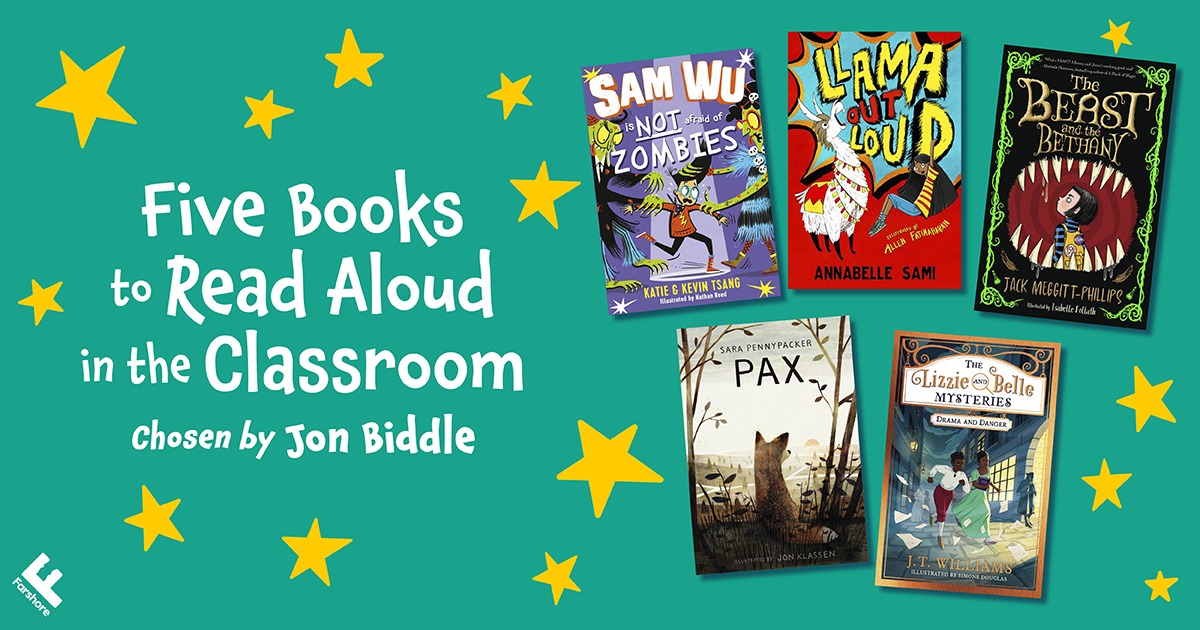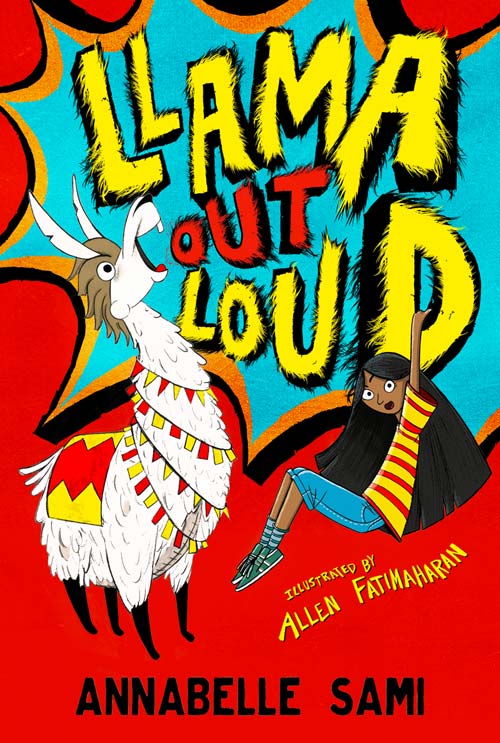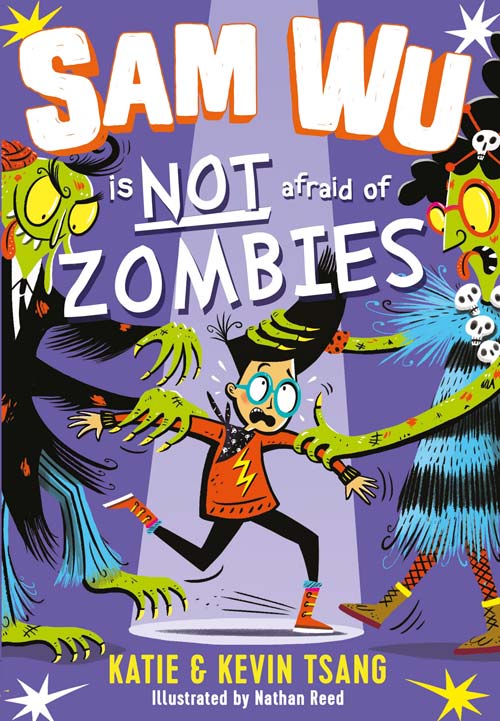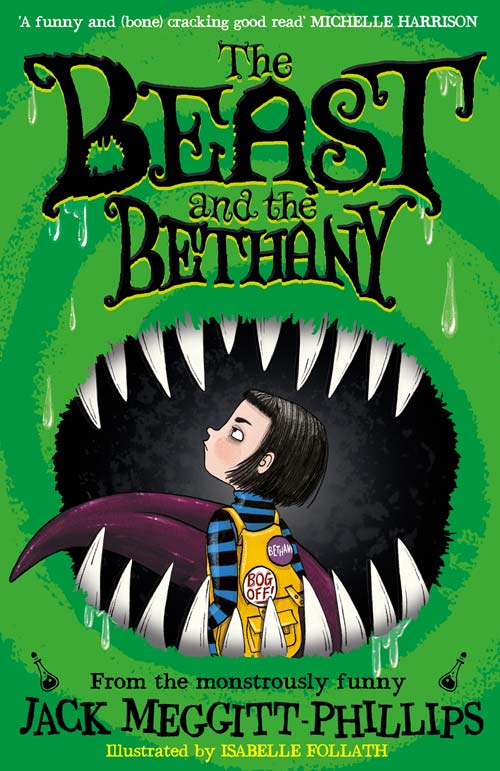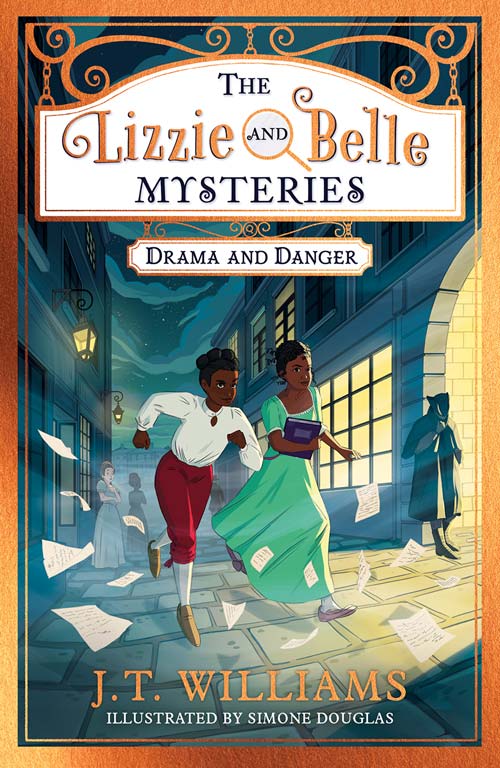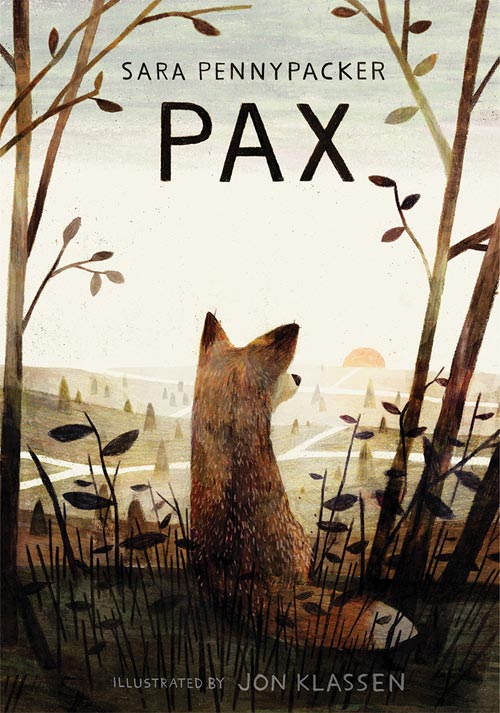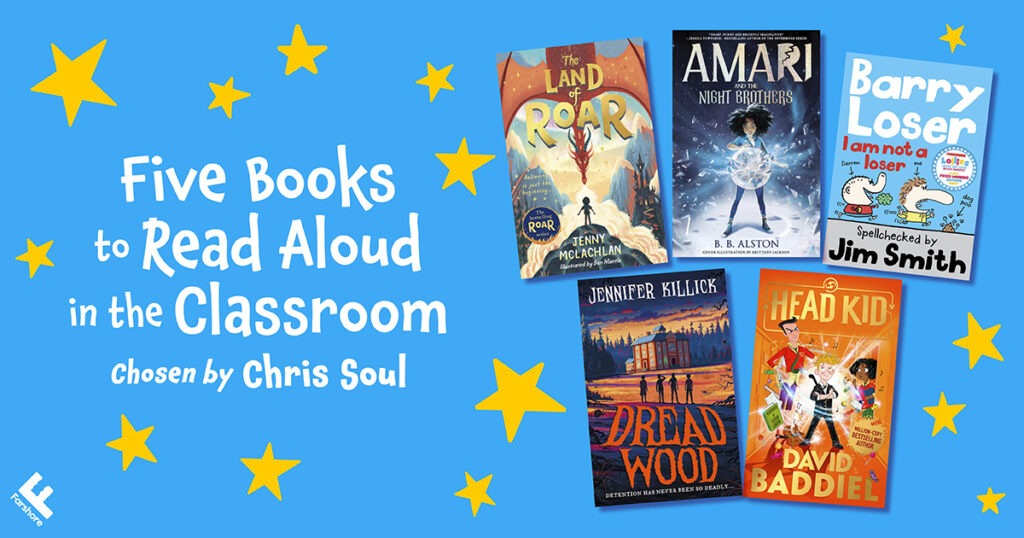By Jon Biddle
Even after more than two decades of teaching, I still genuinely look forward to our class storytime, or read-aloud time. School timetables across the country are under increasing pressure but I believe it is the one part of the day that cannot be forgotten or ignored. It provides too many benefits. Sometimes, it’s the only opportunity that pupils will have to listen to a story being read aloud and interact with an adult who enjoys reading. A class of children enjoying the same text has a bigger impact on creating a class reading community than virtually anything else. It allows them to develop a knowledge of characters, plots and story structures, as well as providing opportunities to make predictions and links to other stories. It also provides commonality among members of the class who may lead very different lives.
There are several factors that have an impact on its success. One of the most important is the time of day when it takes place. Traditionally, it is often squeezed in at the end of the afternoon and is regularly interrupted by a couple of students wandering off to collect the packed lunch trolleys or a message arriving from the office to let Eva know that she is going to be collected by her aunt. Along with many other schools, we have now moved ours to earlier in the day. Some classes read together straight after lunch and some at a convenient point during the morning session, but it is always given priority.
The more enthusiastic an adult is when reading aloud and the more of an event it becomes, the more the children get caught up in the excitement. We often have a flickering fire on the whiteboard behind the reader (easily found on YouTube), with the pupils curled up on cushions or beanbags. Thinking in advance about the voices of the main characters also helps. Like most teachers, I tend to rely on about four: my regular voice for the main character, an archvillain who, for some inexplicable reason, permanently speaks in a menacing whisper, a 95-year-old granny and an even more chirpy and unconvincing of version of Dick Van Dyke from Mary Poppins.
Always try and leave the story on a cliffhanger. The collective groan as the book closes and the children realise they have to wait until tomorrow to find out what happens is one of the best classroom moments. It means they are emotionally engaged and are living the story in their imaginations. It means they are going to talk about the book with their friends and seek out similar stories. Even more importantly, for some, it means they actually have something to look forward to tomorrow.
Finally, choosing the right book is essential. There are several books I know will always be popular but it is a good idea to hand the choice of text over to the class, by taking on board their recommendations, letting them vote on what they want to hear or picking up on what is currently popular in the classroom. Reading the first book in a series can also pay dividends, building interest in later books in the series. Below are a few of my favourite series which, after having the first one read together, have taken off in the classroom:
Llama Out Loud by Annabelle Sami
An extremely funny series about friendships and family, featuring Levi, a toy llama with a big, and very loud, attitude. As with all the best books, there’s a lot to unpick and discuss. Perfect for Years 3 and 4.
Sam Wu is NOT Afraid by Katie and Kevin Tsang
Six books in, this series is still incredibly popular. My personal favourite is Sam Wu is NOT Afraid of Zombies. Sam is a character that we can all relate to, wanting nothing more than to be left alone to lead a quiet life with his friends. Unfortunately, Ralph, the class bully, has other plans. A great introduction to chapter books for Years 2 and 3.
The Beast and the Bethany by Jack Meggitt-Phillips
I remember my year group partner reading the first book in this series during lockdown, with children coming online every day to listen to the next chapter. It’s a fantastically constructed series, reminiscent of the very best of Roald Dahl. The books work wonderfully across Years 4-6.
The Lizzie and Belle Mysteries by J.T. Williams
You can’t go wrong with a children’s crime series set in 18th century London. These books feature a wonderfully diverse range of characters. They are well-written and emotionally powerful historical stories that explore what it was like to be black and living in England two hundred years ago. Ideal for Year 6.
Pax and Pax, Journey Home by Sarah Pennypacker
Although there are only two books in the series, these are probably some of my favourite books to share with a class. Heartbreakingly beautiful stories about the unique relationship between Peter and Pax, a young fox. I can’t recommend them highly enough if you teach in Years 5 or 6.

Jon Biddle is an experienced primary school teacher and English lead. He is a passionate advocate of Reading for Pleasure, winning the 2018 Farshore Reading for Pleasure Experienced Teacher of the Year award and the 2021 Farshore Reading for Pleasure School of the Year award. He coordinates the national Patron of Reading initiative, which is focused on schools and authors developing long term relationships, is an advisor for Empathy Lab and is part of the UKLA National Council.
Follow Jon Biddle on Twitter/X: @jonnybid
To find out more about our Storytime in Schools Research, click here.
